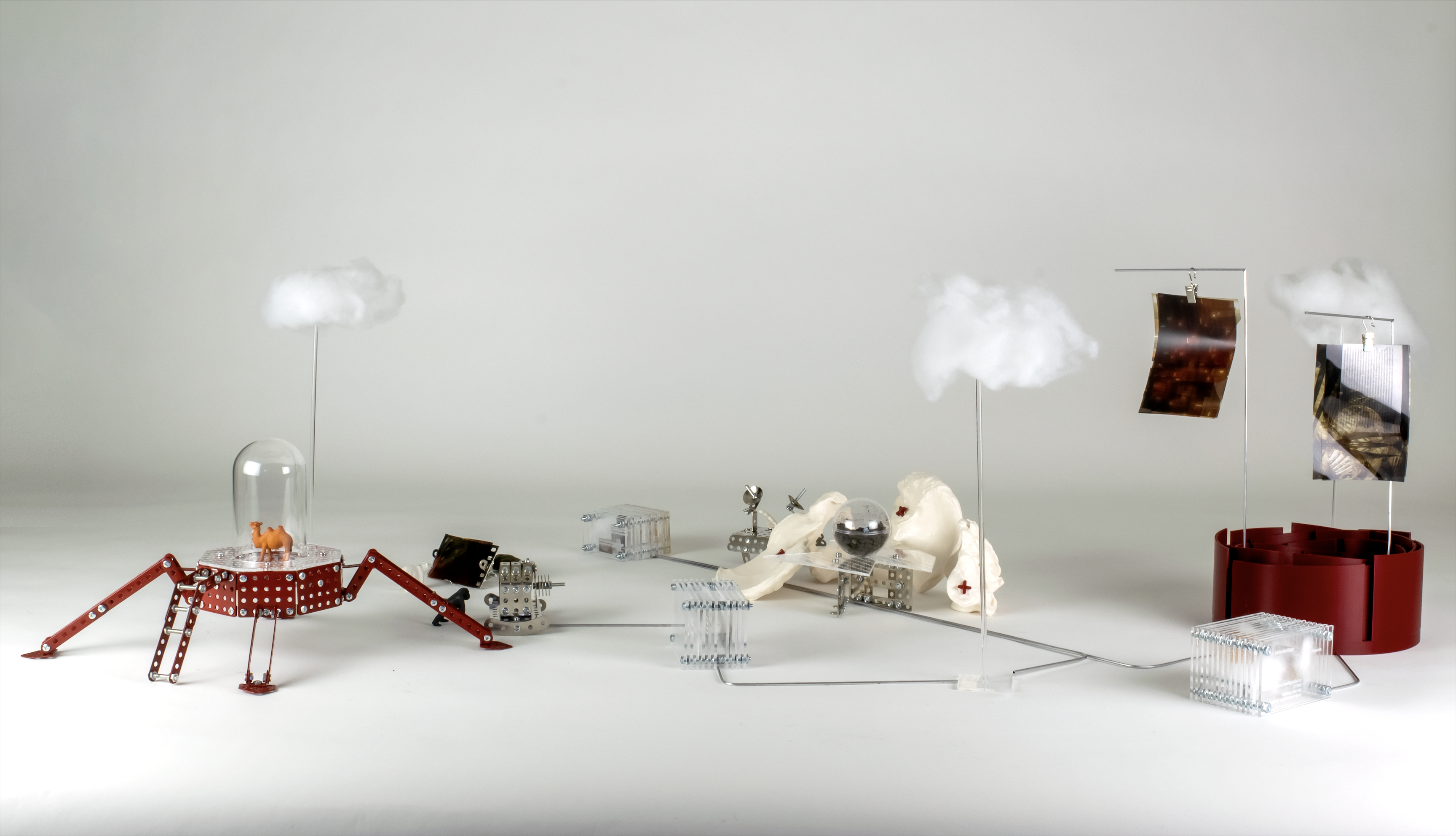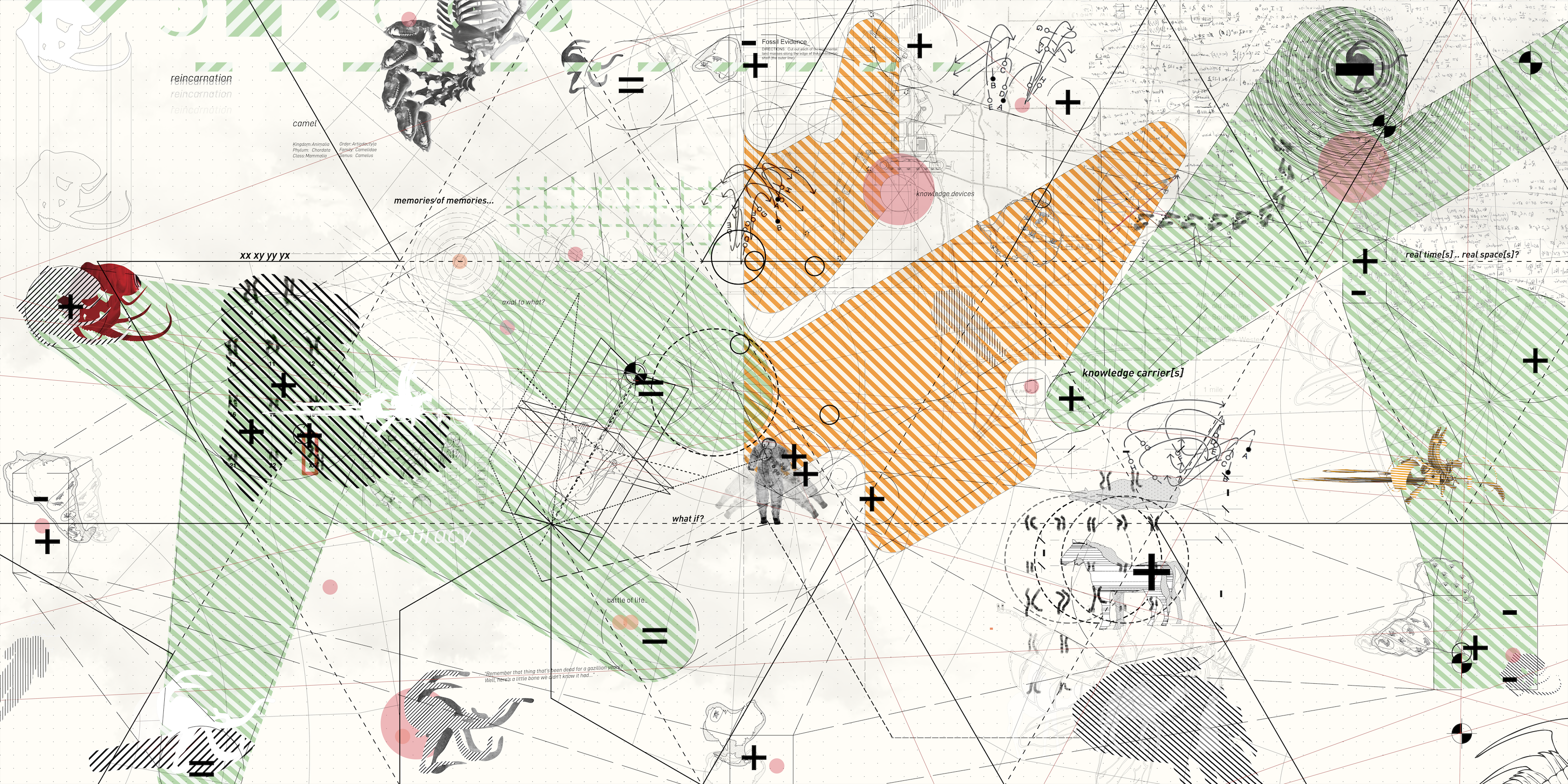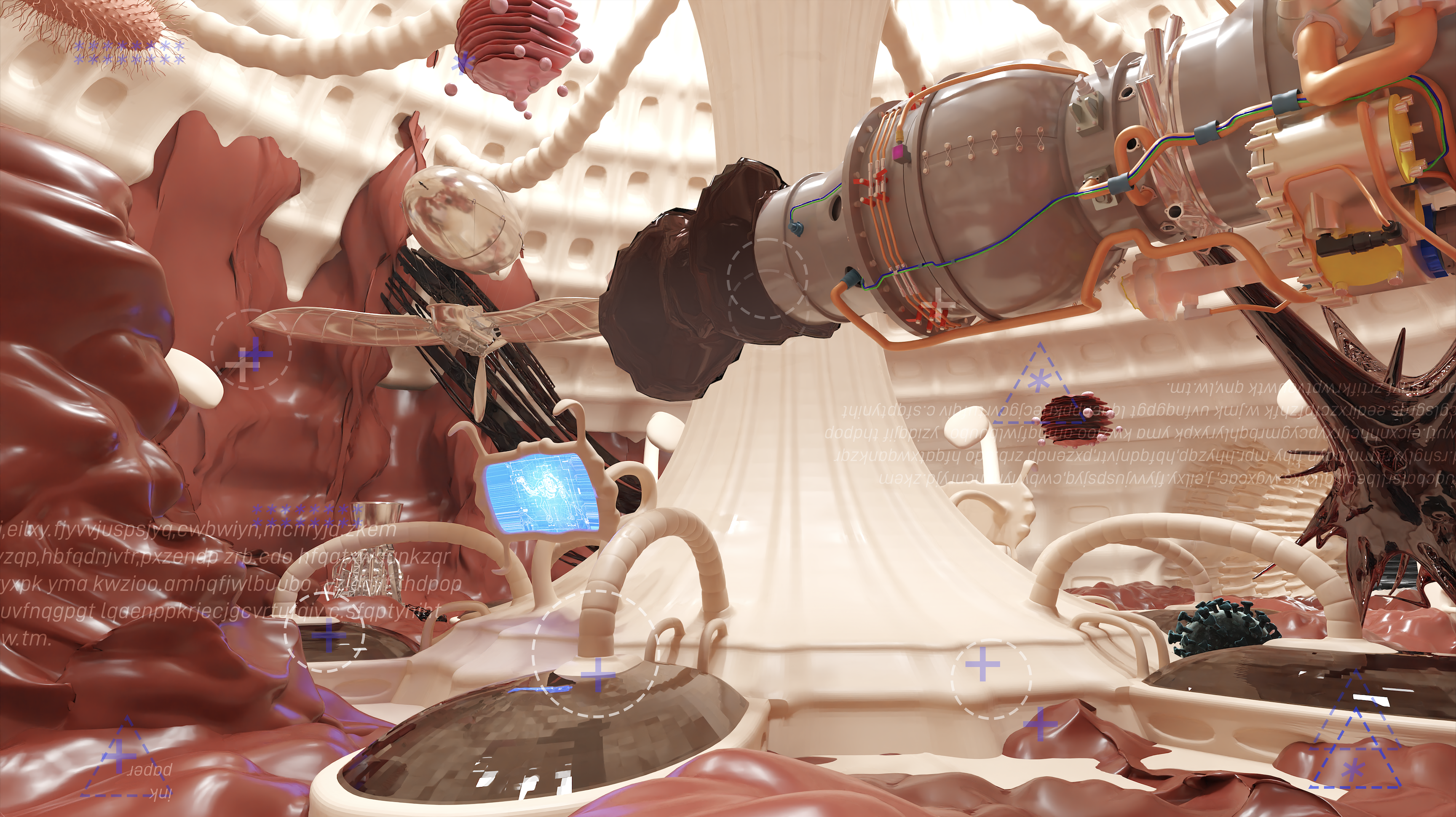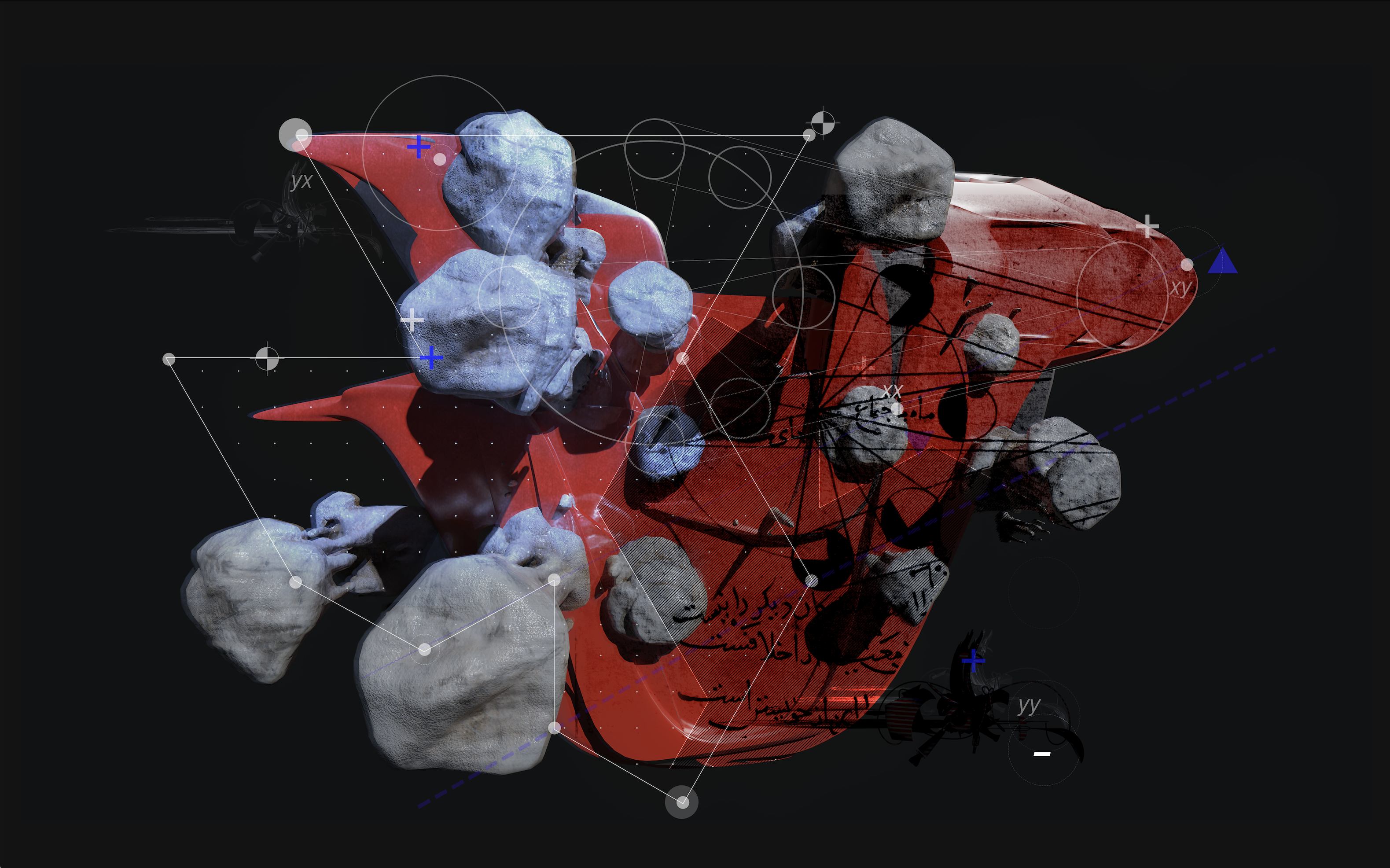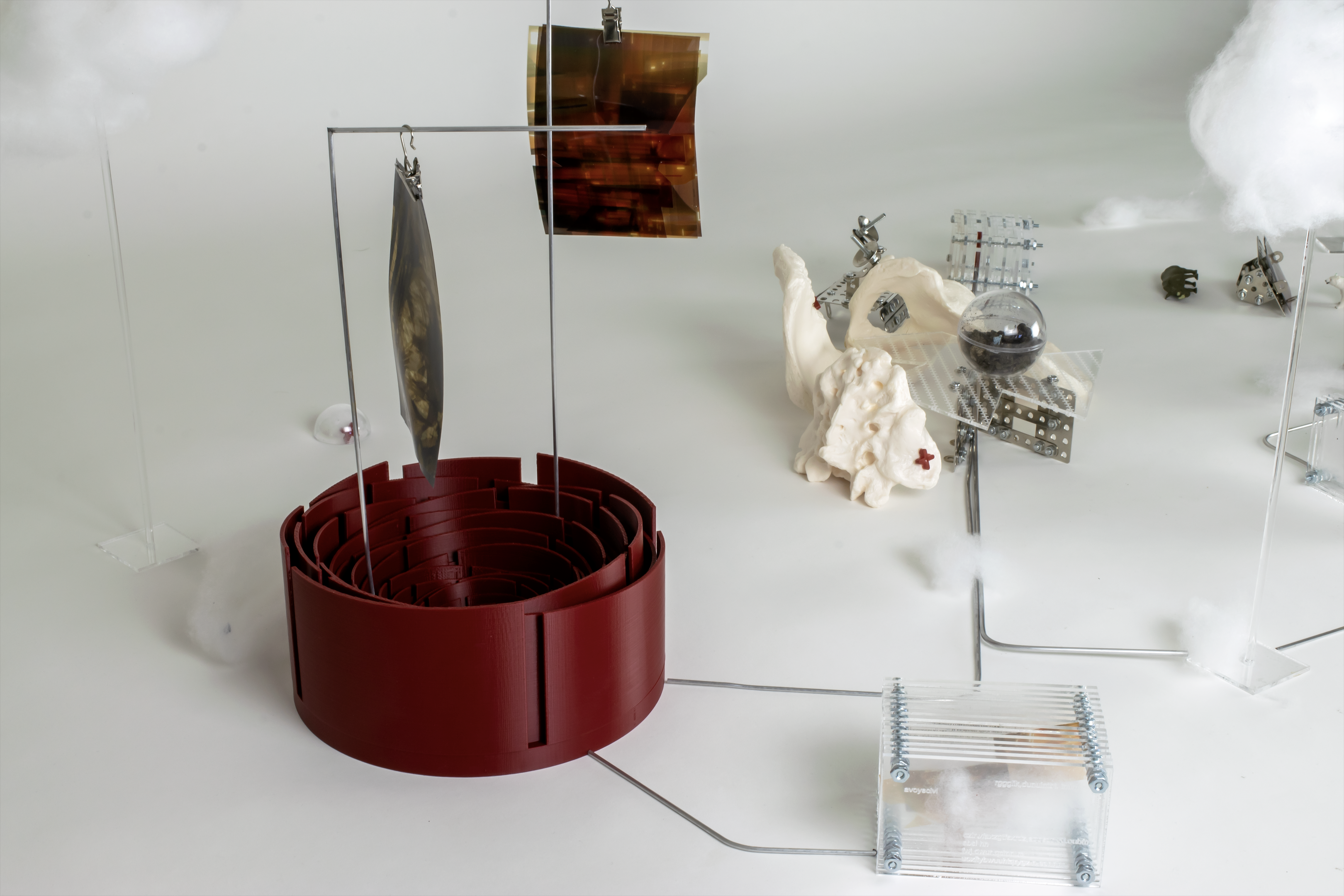PROFESSOR
PERRY KULPER
STUDIO
BENEVOLENT KNOWLEDGE
Architecture must be generous. Benevolent. Inclusive conversations are critical. Benevolent Knowledge was about: relational structuring; form specificity; and making extraordinary work. A local library was the vehicle to tickle those aspirations.
A library is not a thing. Typologically, yes, but relationally, no. In Benevolent Knowledge, the deeply committed students probed the typology, moving between structural and specific learning, looking to become more effective cultural agents, while contributing to the cultural imaginary.
The content was tailored per student, and the techniques and means of working were varied. 14 design methods were exposed, and some, worked with.
Three short projects initiated the term. ‘Rules, Delivered’ foregrounded working syntactically, enabling formal and material development, and was ‘sited’ in a painting image. ‘World Building’ used appropriation, kit bashing, to build worlds in worlds. In ‘Acupunctural Probes’ students intervened like acupuncturists, genetically splicing a library, into a charged site: Great Wall of China; Versailles; Tiananmen Square; Chernobyl; the Lighthouse at Alexandria, Pacific Trash Gyre, etc. The final work, Benevolent Knowledge, considered animal, plant and weather worlds; food; split sites and split temporalities; movements between static and changing, morphing spatial elements; and provocative means of working. Each student constructed their own work, a library’ish, with shared topics, conversations and deep curiosities coursed through the studio.
︎︎︎BACK ︎
JULIA MCMORROUGH
Elliot Smithberger
Ruiying Zhang
MATIAS DEL CAMPO
Dowdle, Ibrahim, Zhang Fahmy, Kamhawi, Pandey
IAN DONALDSON
Gort-Cabeza de Vaca
Anahita Mojahed
DAWN GILPIN
Sang Won Kang
Xin Li
PETER HALQUIST
Chung-Han (Joanne)
Chengdai Yang
PERRY KULPER
Ghassan Alserayhi
Eilís Finnegan
ANN LUI
Will Kirsch
Kendra Soler
STEVEN MANKOUCHE
Stephen Corcoran
Aric Reed
NEAL ROBINSON
Connor Tuthill
Eduardo Villamor
JON RULE
Richard Hua
Qianwei Zhang
CHRISTIAN UNVERZAGT
Siyuan (Elaine) Cheng
Vance Smith Jr
KATHY VELIKOV
Emma Powers
Brian Smith
STUDENT WORK
GHASSAN ALSERAYHI
“KNOWLEDGE INCUBATORS + PORTALS”
Employing Michel Foucault’s concept ‘Heterotopia,’ the so-called library, through various situations that have several degrees of depth, explores, and discusses questions that, in certain ways, shape what a library might be, linguistically, metaphorically, and intellectually. Each circumstance discusses a different spectrum of forms of the learning process and knowledge construction, considering implicit, tacit, and explicit knowledge to act as an active open forum between the content, the designer, and the participants. The library reflects on participants’ internal and external entities by switching momentarily and constantly between two models of perception and consciousness: panopticon and panopticism.
